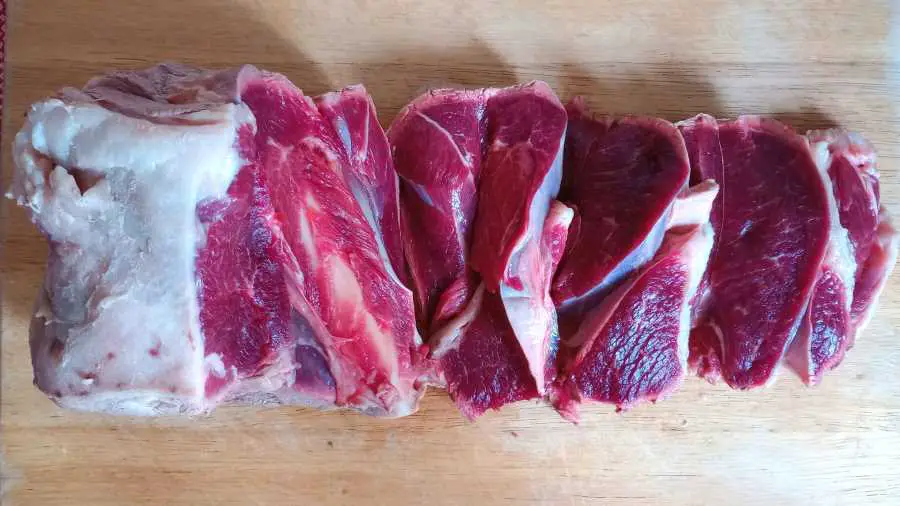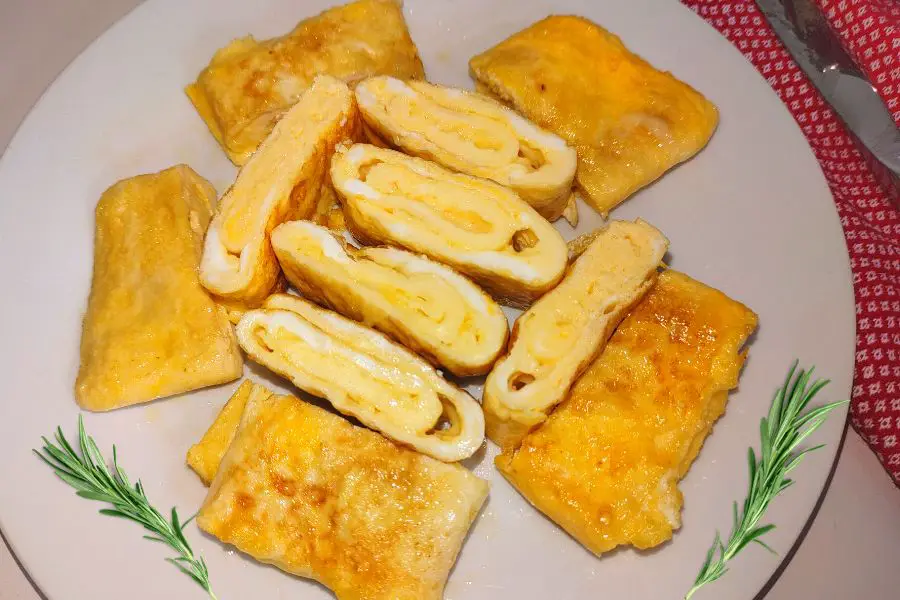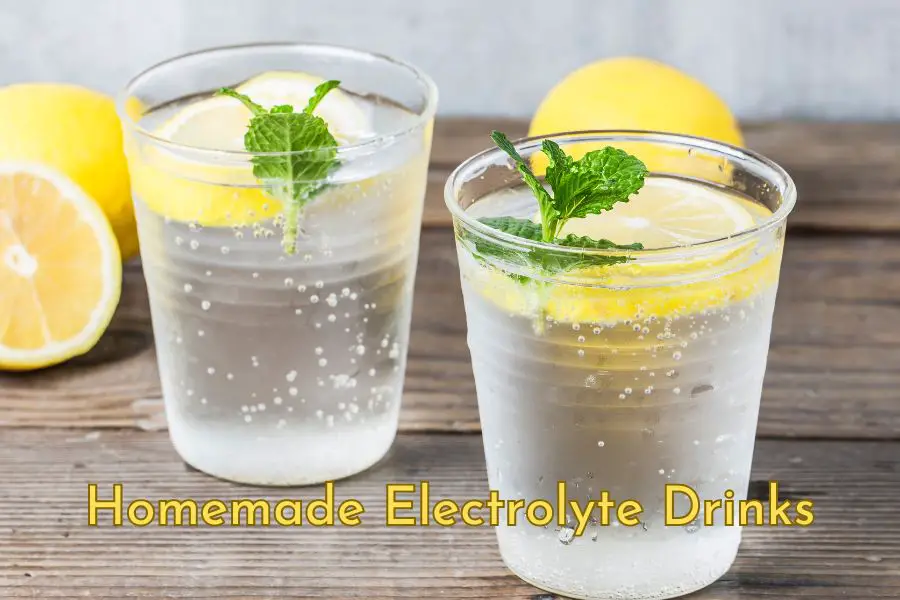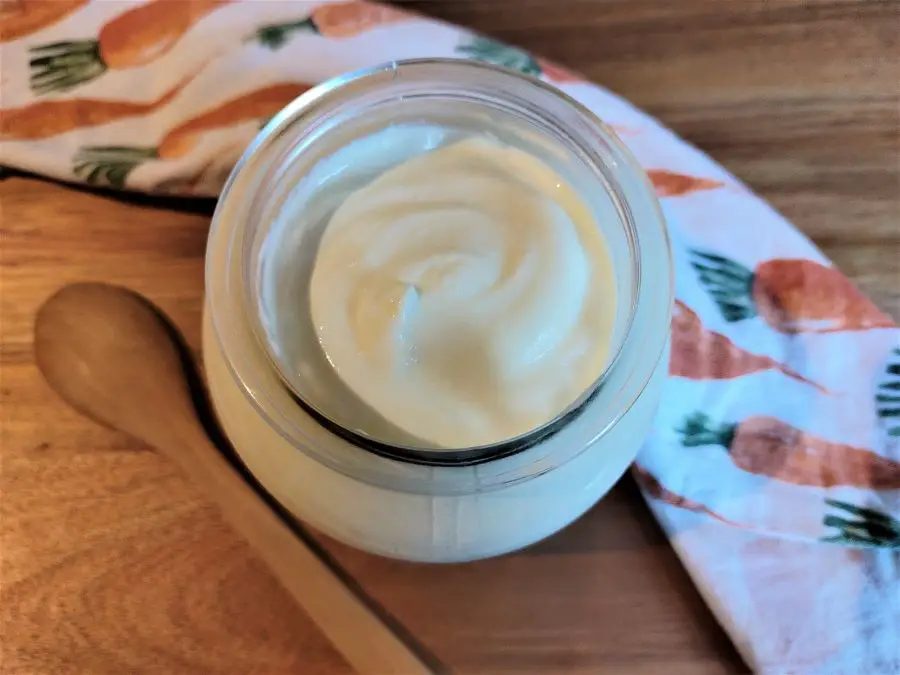Although the benefits of eating raw meat have not been proven, some people on the carnivore diet claim that they feel better eating raw meat than cooked meat.
If you want to try it out to see whether your health improves with a raw meat diet, but worry about its safety, blanching meat may help.
In this post, I will show you how I blanch meat to make raw meat consumption a bit safer.
However, please note that this is just my way of doing it and there is no guarantee that blanching meat following the instructions below will make it 100% safe for you.
Blanching can reduce pathogens on the meat surface that is contaminated during the slaughtering process. However, it can do very little if the meat is already contaminated from the inside (e.g. meat from animals infected with parasites or bacteria). [1]
What is blanching
Blanching is a food preparation technique where food like meat and vegetables are immersed in hot liquid (typically water) for a short period of time (from around one to 10 minutes) depending on the size and type of food and the specific goal of the blanching process. [2]
Blanching is commonly used before drying, freezing, canning, or frying because blanching inactivates the enzymes that spoil food, reduces microorganisms and pesticide residues, and cleanses as well as improves food colors, texture, taste, and shelf-life. [3]
Blanching is a very popular cooking technique used in Asian cuisine.
For example, in stir-fry dishes, chopped vegetables are immersed in rigorously boiling water for a short amount of time (around one to five minutes depending on their sizes and density) and then rinsed in icy or cold water. The cold water stops the cooking process and helps vegetables keep their bright colors, crispy texture, and fresh taste.
In noodle dishes, meat (e.g. beef) is sliced thinly and then blanched for a few seconds before being added to noodles and other ingredients and served with hot beef broth.
How to blanch meat
There are three methods of blanching meat.
Blanching meat slices
The first method is to slice the meat thinly (e.g. bite sizes) and then immersed it in a large pot of vigorously boiling water for around 30 seconds.
I recommend that you blanch a handful of meat slices at a time by placing them in a slotted spoon, dipping them into the boiling water and then removing them quickly.
If you like, you can also add salt and seasonings to the blanching water to add flavor to the blanched meat.
The meat slices will be grey on the outside but still pink on the inside.
It’s important to not blanch the meat slices for too long for they will be cooked through which will defeat the purpose.
Blanching large meat cuts
The second method is to put a large chunk of meat (1 – 2 pounds) in boiling water, bring it to a boil and then keep it boiling for around five minutes.
Blanching will kill pathogens on the meat’s surface, release foams and bubbles and reduce the gamey flavor or the offal taste in some meat. This is also the reason why some people blanch bones to get rid of impurities in order to get a clearer bone broth.
As you can see in the image below, the outer layer of the meat will be cooked but the inside of the meat remains raw.

If you want to eat raw meat but are worried about its safety, blanching a big chunk of meat this way can help improve its safety.
It’s best to just blanch enough meat for one meal each time.
I’ve only blanched beef and lamb so far, and, to me, those meats taste similar to sashimi. They are definitely not hard to eat but their flavor cannot compare to the sort of flavor produced by high-heat cooking methods like searing, grilling, or roasting.
However, if your health improves on raw meat, it may be worth sacrificing flavors.
Compared to high-heat cooking methods, blanching minimizes the formation of high levels of advanced glycation end products (AGEs) which have been found to contribute to increased oxidant stress and inflammation and are linked to a number of health problems. [4]
In addition, there is a theory that cooking in general destroys the natural enzymes present in meat and hinders your body’s digestion process. However, apart from one experiment by Alexander Ugolev, a famous scientist, this area has not been thoroughly studied.
Alexander Ugolev once conducted a well-known experiment with two dead frogs, one cooked and one uncooked. He placed each into a cup filled with a carnivore’s stomach acid.
The uncooked frog was completely dissolved while the cooked frog remained largely intact with only minor surface change.
Based on the result of this experiment alone, raw meat appears to be better for digestion than cooked meat.
This is also how all carnivores in the wild eat. Unlike humans, no other animals cook or season their prey. They all thrive on live food.
Blanching a large chunk of meat for a long time
The third method is to blanch a large chunk of meat for a long time until it is almost cooked through.
Depending on the size of the meat chunk, you may need to boil it for around half an hour or more. Foam and bubbles or impurities floating to the top are skimmed off.
The meat will be cooked through to medium rare, medium or well-done. So, if your aim is to eat raw meat, you should stay with the quick blanching method mentioned above.
Long blanching is often used with meat and bones when the meat is used for another dish or a clear broth is needed.
In addition, sometimes if I accidentally leave meat out of the fridge in hot weather for a few hours or so, I do blanch it till it is cooked through to make sure it’s safe to consume.
Other posts you might be interested in:
What Are the Best Ways to Cook Meat on the Carnivore Diet?
What Is the Best Meat to Eat on the Carnivore Diet?
Best Sources of Vitamin C on the Carnivore Diet
Best Sources of Omega 3 on the Carnivore Diet
Is Carnivore Diet + Fruit & Honey a Good Idea?
What Do Hardcore Carnivores Eat in a Day?
Disclaimer: The information in this post is for reference purposes only and is not intended to constitute or replace professional medical advice. Please consult a qualified medical professional before making any changes to your diet or lifestyle. Please check out our disclaimer for more detail.





